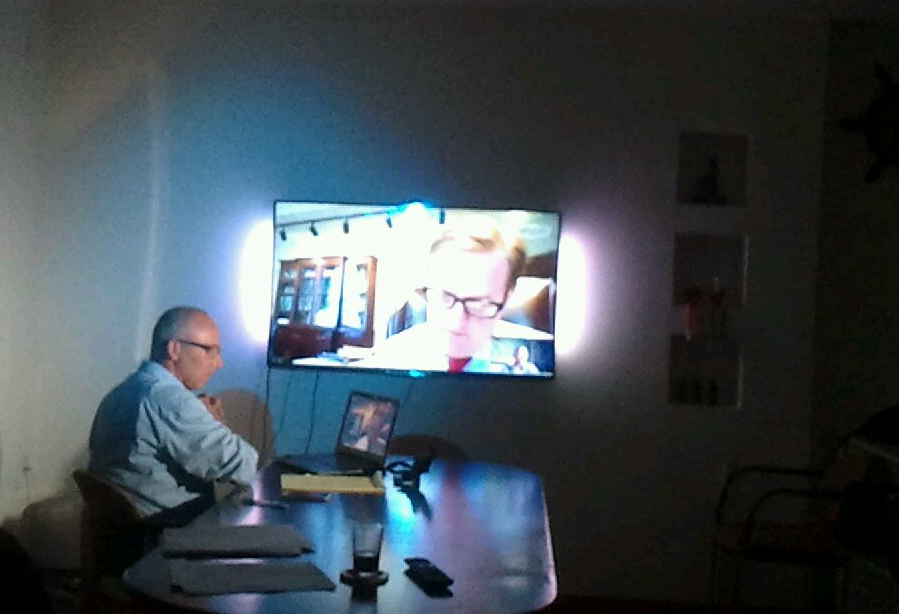 |
| Some like it hot, some just like to chilli |
I had a run-in with NHTSA last year. Thinking that they could use some more help understanding what makes SUA tick, if you will, I suggested that some things I know could help the Quandts and Yons suffering in ignorance in the dark mechanical corners of the Office of Defects Investigation. So I said, hey, you know, Honorable Mr. Strickland, I have got some hot stuff for you. Maybe it can help save lives if your men dig in and do their best to understand it.
So Mr. Strickland, undoubtedly with his eye fixed on his soon-to-be-arranged exit to the oh most remunerative Private Sector, ignored me and instead sent me to his top legal henchman, Chief Counsel OK Vincent, Esq., who then promptly assigned the task of shooing me away to his lower henchman, the attorney Matthew Weisman.
Being a bonafide American attorney, he knows never to put anything important in writing unless he is filing a lawsuit. So he called me up and he said, "Hey Betsy, fine, if you want to, you can give us everything, but we think it is too hot for us so we will immediately turn it over to Toyota for a 'privilege check.' Only if they give us the green light will we have a look ourselves."
I raised my voice at him. I admit it. I went on and on about what a waste it would be to do as he proposed and certainly he could find some outside counsel to do a privilege check.... And dang it anyway, I told him, I know that such a policy will prevent the regulators tasked with keeping Amercian cars safe from improving their knowledge, the lack of which has been widely recognized among members of Congress in recent years, especially about SUA. But he was adamant. No doubt following his marching orders. So I wrote him, in quite a huff, and said "Forget it, Matt," I said, "I won't bother sending you anything if you will do that."
After this, a few people on the Hill, including investigators, expressed some siginficant consternation about Matt's reaction. And one attorney there, who knows legal truths, tried to tell Matt that he had no legal leg to stand on. But OK Vincent was saying OK to his boss and not to Congress, and not to American drivers. So I did not get an OK to do anything to help Mr. Yon and Mr. Quandt.
Later I got a twisty kind of email from Matt that bears no true relationship with the actual conversation.. Every other email I sent to argue with him went unanswered.
So Mr. Strickland, undoubtedly with his eye fixed on his soon-to-be-arranged exit to the oh most remunerative Private Sector, ignored me and instead sent me to his top legal henchman, Chief Counsel OK Vincent, Esq., who then promptly assigned the task of shooing me away to his lower henchman, the attorney Matthew Weisman.
Being a bonafide American attorney, he knows never to put anything important in writing unless he is filing a lawsuit. So he called me up and he said, "Hey Betsy, fine, if you want to, you can give us everything, but we think it is too hot for us so we will immediately turn it over to Toyota for a 'privilege check.' Only if they give us the green light will we have a look ourselves."
I raised my voice at him. I admit it. I went on and on about what a waste it would be to do as he proposed and certainly he could find some outside counsel to do a privilege check.... And dang it anyway, I told him, I know that such a policy will prevent the regulators tasked with keeping Amercian cars safe from improving their knowledge, the lack of which has been widely recognized among members of Congress in recent years, especially about SUA. But he was adamant. No doubt following his marching orders. So I wrote him, in quite a huff, and said "Forget it, Matt," I said, "I won't bother sending you anything if you will do that."
After this, a few people on the Hill, including investigators, expressed some siginficant consternation about Matt's reaction. And one attorney there, who knows legal truths, tried to tell Matt that he had no legal leg to stand on. But OK Vincent was saying OK to his boss and not to Congress, and not to American drivers. So I did not get an OK to do anything to help Mr. Yon and Mr. Quandt.
Later I got a twisty kind of email from Matt that bears no true relationship with the actual conversation.. Every other email I sent to argue with him went unanswered.
This story goes on, and in a kind of exciting way, but I will save it for the book. This year, OK Vincent gave a speech to a large audience of automaker defense counsel, perhaps Tom and Lisa were even in the room, in which he said that from now on, NHTSA is going to make sure that automakers cannot hide their defects behind walls of privilege. Really? Maybe standing around the bar later in the day with all the assembled defense counsel having a beer, something else was said. I wonder what will happen next. Certainly Matt has not called me back to say he changed his mind.























.jpg)





